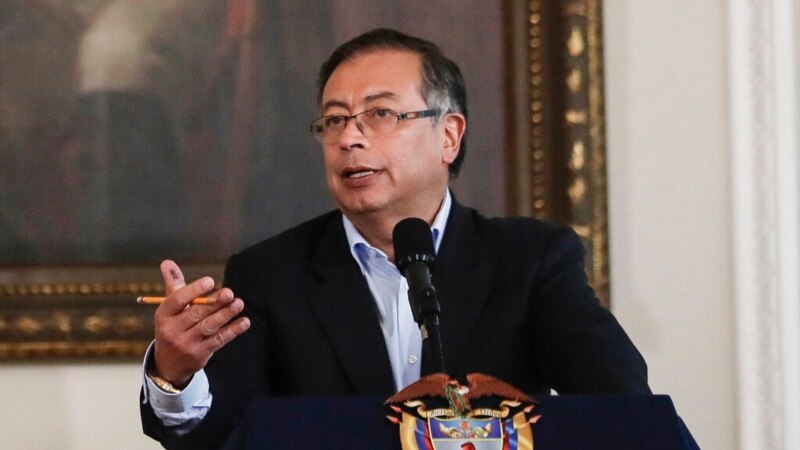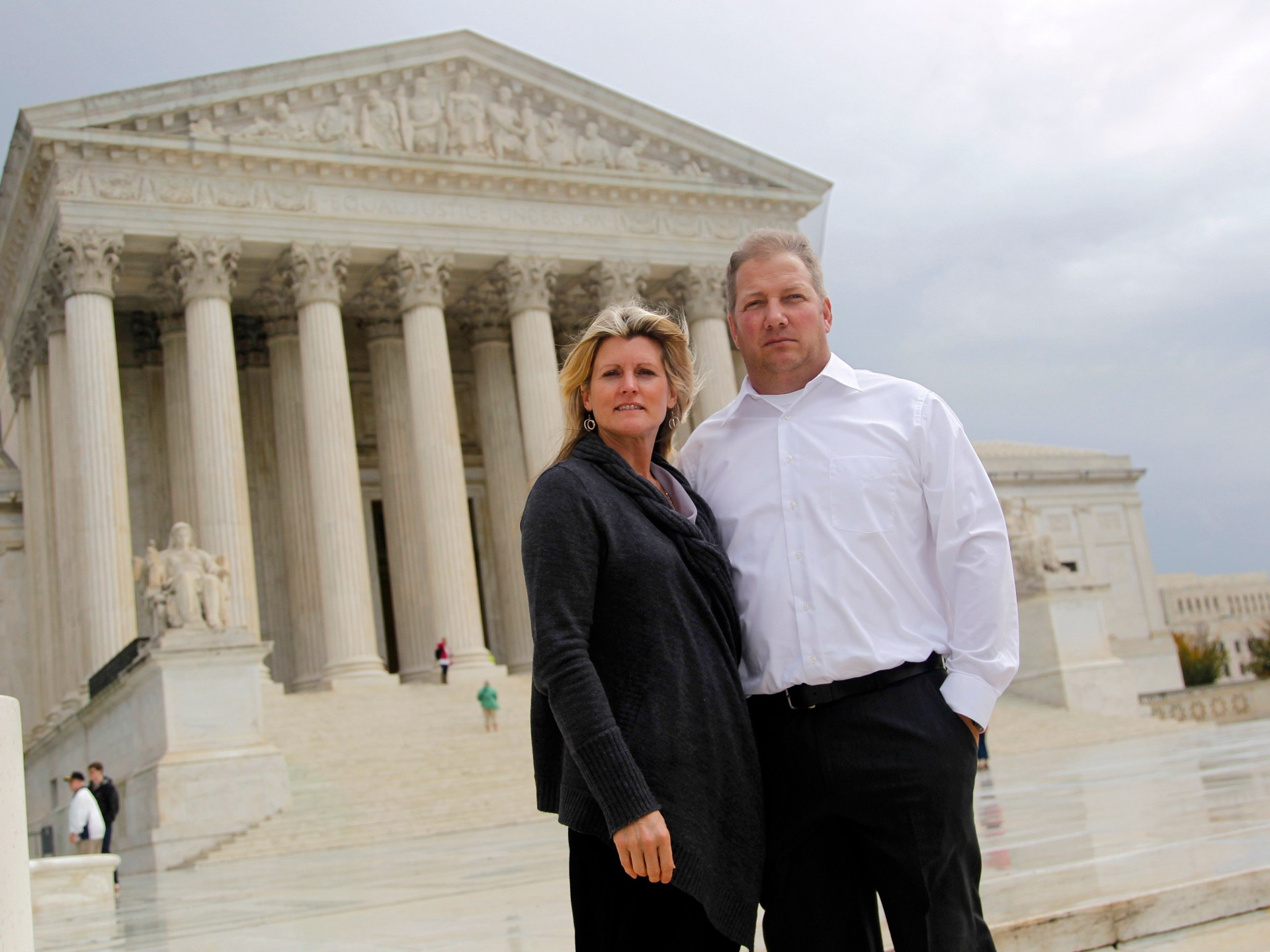The violent removal of Haitian asylum seekers from their encampments in Del Rio, Texas, in September, opened a critical window for reckoning with the centrality of racism—and anti-Black racism in particular—to the conduct and character of U.S. border policing. Photographs taken at the scene showed uniformed white agents in chaps and full riding gear as they drove Haitians away from U.S. territory. In one shot, captured by the photojournalist Paul Ratje, an agent lunges forward to grab a young man’s shirt; the man, who has since been identified as Mirard Joseph, is carrying nothing more threatening than food for his wife and daughter.
The spectacle of heavily armed border guards abusing vulnerable migrants reminds us that the U.S.-Mexico border is not a neutral entity. Since it was established, following the U.S.-Mexican War, it has been an instrument of power and control. The images of the mounted border agents drew comparisons to slave patrols, which emerged in the early eighteenth century in the U.S. to enforce slave codes, catch escapees, and prevent Black revolt. These groups evolved into militias such as the Texas Rangers, which prosecuted war against the Karankawa, Cherokee, and Comanche tribal nations, pursued fugitive slaves into Mexico, and established control over ethnic Mexican communities. By 1835, when they were formally constituted as a law-enforcement agency, the Rangers had created a culture of policing in the service of white supremacy. (Working with the descendants of affected communities, Monica Muñoz Martinez and others have recovered the record of Ranger atrocities, including the 1918 Porvenir Massacre, in which Rangers and local ranchers executed fifteen unarmed Tejanos.) Founded in 1924, the Border Patrol recruited directly from the Texas Rangers and incorporated the habits of using border security to enforce white racial primacy. During this early period, many agents were active in borderland chapters of the Ku Klux Klan.
The Del Rio images recalled photographs taken more than a century ago, of Texas Rangers posed triumphantly on horseback over the bodies of slain Mexicans. (Those images circulated widely, too, serving as sensational propaganda for white power.) They also called further back, to images of slave patrols. On Twitter, the N.A.A.C.P. paired Ratje’s photograph with a nineteenth-century engraving of a mounted slave patrol. The symmetry between the two images is chilling. In the engraving, a white man in a riding costume leans forward with his whip raised. He is about to strike a Black fugitive, whose back is turned to him at much the same angle as the Haitian youth in the other photograph. The whips, the ropes, the horses—all of them have been marshalled for the sake of inflicting pain and fear. In both instances, the law of the land gives white men on horseback plenary power over Black people in flight for survival.
By calling up painful racial memory, the Del Rio photographs provoked an important dialogue about the rights and protections owed to migrant members of the Black diaspora. On September 21st, Representative Sheila Jackson Lee, of Texas’s Eighteenth District, in Houston, exercised her authority as an executive board member of the Congressional Black Caucus to call for an official inquiry into the events. On September 22nd, she and eight other C.B.C. members met with White House officials to express their concern that the Border Patrol’s actions were discriminatory and unlawful, and to remind them of their commitments to Haitian asylum seekers and members of the Haitian diaspora. These included the May, 2021, announcement of a new Temporary Protected Status for Haitians, made months before the assassination of President Jovenel Moïse and a major earthquake further destabilized the country. The Department of Homeland Security’s inspector general declined to conduct an investigation. Instead, it referred the matter to Customs and Border Protection’s office of professional responsibility; the outcome of that investigation remains pending.
President Biden’s response to demands for accountability was to join in the outrage. Calling the Del Rio photographs “horrible,” he announced a suspension of the use of horse patrols in migrant management in Del Rio. Even this effort at restraint proved illusory. On October 7th, the Facebook page of the Border Patrol’s Del Rio sector featured a photo of agents on horseback encircling a group of captured migrants. The accompanying text boasted about having made “over 1,000 apprehensions across sector yesterday.” Months after their dispersal, the U.S. has not accounted for the fate of the many thousands of Haitian and other migrants who populated the Del Rio encampment. As D.H.S. escalated its program of deportation flights, an estimated eight thousand entered Mexico to avoid the catastrophic consequences of forced return. Secretary of Homeland Security Alejandro Mayorkas had the temerity to call these “voluntary departures.”
Even as Biden introduced his Collaborative Migration Management Strategy, in July, which promises “safe, orderly, and humane migration,” his Administration has continued to defend Title 42, the Trump Administration order that enlists the governments of Central America and Mexico in a program tantamount to mass expulsion. This has had devastating consequences for Black migrants and other vulnerable populations. In late August, video recordings of National Guard and immigration police in Tapachula, Chiapas, captured images of Mexican agents throwing Haitian, Cuban, Central American, and South American women and children to the ground and delivering beatings to break up a migrant caravan. Last fall, Mexican immigration officials were deporting some three hundred migrants a day at the southern border with Guatemala, Haitians among them, as part of a partnership with the U.S. In early December, representatives of the several thousand Haitians encamped outside of a sports arena in Tapachula protested their subjection to hunger, assaults, and unsanitary conditions while awaiting processing by migration authorities. The reinstatement of the Trump-era Migrant Protection Protocols (“Remain in Mexico”) in Texas on December 2nd (in modified form) will only increase the displacement of Haitian and other vulnerable migrants to similar sites of confinement in Mexico.
To charges of human-rights abuses and failure, the Biden Administration, like others before it, answered weakly that they must follow the rule of law. But no law requires that people fleeing political violence and natural disaster should be met by the militarized cordon sanitaire in South Texas. We have so normalized the excessive use of force at the border that few questioned Governor Greg Abbott’s September 22nd decision to briefly deploy hundreds of Border Patrol cars in a kilometres-long “wall of steel” against Haitians and other migrants huddled under border bridges and in makeshift camps near the Rio Grande. It was a costly stunt that will prolong state failure and human catastrophe.
The Del Rio photographs are shadowed by other violence that goes unseen and unrecorded by cameras. Immigration-law enforcement works by imposing privation and social isolation on those deemed alien and illegal: familial separation, physical and sexual abuse, and prolonged captivity. Migrants invoke international and civil-rights law to defend themselves—Mirard Joseph, who appears in Ratje’s Del Rio photograph, has filed a lawsuit against the federal government—but they most often confront these conditions alone and beyond any effective oversight. The Del Rio photographs should also make us look differently at the images we do see—the pictures of lawful violence that circulate in media coverage of the so-called migrant crisis. Scenes of migrants in chains, boarding buses on their way to deportation flights, have yet to cause the same anguish. Until someone you love is in chains or wearing an ankle monitor, it is possible to imagine that these are not dehumanizing or scarring.
Black civil-rights leaders and migrant organizations responded to the Del Rio photos with a broad campaign for racial justice. The UndocuBlack Network issued a statement that called for an end to “the war on Black migrants.” On September 22nd, the leaders of the Black Alliance for Just Immigration, the N.A.A.C.P., the National Urban League, and other groups wrote to President Biden to denounce his Administration’s mistreatment of Haitian refugees, stating, of the Del Rio photographs, “We are hard-pressed in the year 2021 to find more horrific, traumatizing and blatantly racist images.” The images are distressing not only because they depict racial cruelty. They also cause harm by making Black migrants appear helpless, passive, and defeated—the inverse mirror of the prevailing image of migrants as a criminal threat. This is an insidious message, because it is false and because it perpetuates misapprehension about the relationship between migrants and the nations they seek to enter. As the Haitian Bridge Alliance reminds us, these Haitian refugees are not strangers. They are kin to long-standing Haitian communities in the U.S. Black migrant-led campaigns to end deportations stand out from the cacophony of the border debates for their refusal to depict Haitian migrants as foreign; their call, “Immigration Is a Black Issue,” integrates them into a broader campaign for racial justice based in principles of equity and abolition.
The U.S. government has largely excluded migrant-led organizations from the process of policy reform. And yet migrant communities have been crucial protagonists in the most vital struggles of our difficult moment. One finds migrant-led organizations working to raise wages and worker-safety standards, fight racial and sexual discrimination, support vulnerable people during the pandemic, and address the harms of climate change. In Vermont, migrant dairy workers created the Milk with Dignity program, a platform of farmworkers’ rights that yielded landmark gains in health-care coverage, worker safety, and wage-theft prevention. In New York, migrants held a rolling hunger strike, the “Fast for the Forgotten,” to obtain a historic $2.1-billion pandemic-relief fund for undocumented workers. Food couriers in Manhattan secured protective legislation for those performing the dangerous tasks of fulfilling mobile-app orders. In my city of New Haven, Connecticut, the migrant-led Semilla Collective formed a food garage and community garden that fed hundreds of low-income and shut-in people during the pandemic.
With no path to formal political rights, migrants have also crafted powerful, affirmative responses to the failures of immigration and economic policies. In transit through Mexico, migrants have made their journeys into protest marches against the cacería de migrantes—migrant-hunting—staged in the face of the extraordinary forces marshalled against them. During the worst years of the Trump era, migrant-led organizations, including the National Day Laborer Organizing Network, drafted the Migrant Justice Platform, conceived as an open-source “unity blueprint” for reconceptualizing migration governance. It departs from legislative strategies for comprehensive immigration reform, by linking migration policy to the defense of labor rights and the repair of civic institutions. Like the abolitionists before them, theirs is a political project based in solidarity and an abiding appreciation for liberty. Like our most radical futurists, they are calling forth horizontal social relations made for t he global age. Freedom from the kind of violence and misery on exhibit in Del Rio is unthinkable right now only because we have made it so.
Note: This article have been indexed to our site. We do not claim legitimacy, ownership or copyright of any of the content above. To see the article at original source Click Here










.jpg.webp?itok=ts2bP8qM)

